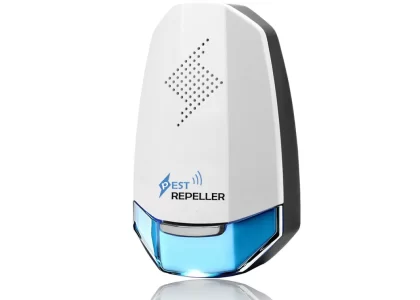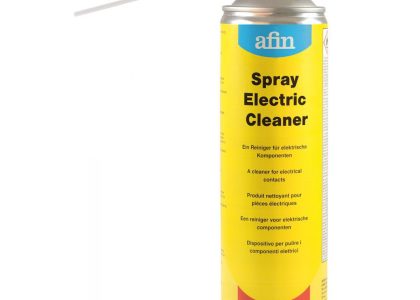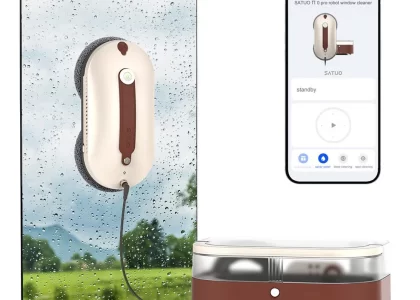 Introduction:
Introduction:
Installing a washing machine may seem intimidating, but with the right approach and guidance, it can be a straightforward process. Properly hooking up a washing machine ensures its functionality, prevents leaks, and allows for optimal performance. In this comprehensive article, we will provide a step-by-step guide on how to hook up a washing machine. From setting up the necessary connections to ensuring proper leveling, you’ll be able to install your washing machine with confidence and enjoy clean laundry in no time.
 Here are some common types:
Here are some common types:
On the current market, there are several types of washing machines available. Here are some common types:
Top-Loading Washing Machines:
These machines have a hinged lid on top, and clothes are loaded and unloaded through the top opening.
Front-Loading Washing Machines:
Front-loading machines have a door on the front that swings open, allowing clothes to be loaded and unloaded horizontally.
High-Efficiency (HE) Washing Machines:
HE washing machines are designed to be water and energy-efficient. They typically use less water and require less detergent to operate effectively.
Washer-Dryer Combo:
A washer-dryer combo combines both washing and drying functions in one unit.
Compact Washing Machines:
Compact washing machines are smaller in size and designed for homes or apartments with limited space.
Portable Washing Machines:
Portable washing machines are compact and lightweight units that can be easily moved and stored. They are suitable for small loads or for those who frequently travel or live in mobile homes.
Smart Washing Machines:
Smart washing machines are equipped with internet connectivity and can be controlled or monitored remotely through smartphone apps.
Steam Washing Machines:
Steam washing machines use steam to remove dirt, stains, and allergens from clothes effectively.
Top-Loading High-Efficiency Washers:
These are top-loading machines that incorporate high-efficiency features like larger drum capacities, improved water and energy efficiency, and enhanced cleaning performance.
Eco-friendly Washing Machines:
Eco-friendly washing machines focus on reducing water and energy consumption, using sustainable materials, and promoting environmental sustainability.
It’s important to consider your specific needs, budget, and available space when choosing a washing machine. Each type has its advantages and considerations, so it’s worth researching and comparing features before making a purchase
Gathering the Necessary Tools and Materials
Essential Tools:
To hook up a washing machine, you will need a set of basic tools including a wrench, pliers, and a screwdriver.
These tools will be used to tighten connections, adjust fittings, and secure hoses.
Required Materials:
Gather the necessary materials, including a washing machine hose kit (which typically includes inlet hoses and a drain hose), a drain pan (for added leak protection), and a power cord suitable for your machine.
Preparing the Installation Space
Selecting the Location:
Choose a suitable location for your washing machine, considering factors such as access to water and drainage, proximity to power outlets, and sufficient space for operation and maintenance.
Leveling the Surface:
Ensure the surface where the washing machine will be placed is level and stable.
Adjust the machine’s feet or use leveling pads to eliminate any wobbling or imbalance during operation.
 Connecting the Water Supply
Connecting the Water Supply
Shutting Off the Water:
Locate the main water shut-off valve for your home or the valve closest to the washing machine.
Turn off the water supply by rotating the valve in a clockwise direction.
Attaching the Hot and Cold Water Inlet Hoses:
Connect one end of the hot water hose to the hot water valve on the back of the washing machine.
Repeat the process for the cold water hose, connecting it to the cold water valve.
Tightening the Connections:
Use pliers or a wrench to tighten the connections between the hoses and the water valves.
Ensure a snug fit without over-tightening, ensuring a watertight seal.
Connecting the Drain Hose
Locating the Drain Outlet:
Identify the drain outlet on the back of the washing machine.
Check if you have a standpipe or a laundry sink for draining. If not, consider installing one for proper drainage.
Securing the Drain Hose:
Attach one end of the drain hose pipe to the drain outlet on the washing machine.
Connect the other end to the standpipe or the drain inlet of the laundry sink.
Securing the Hose:
Use hose clamps or zip ties to secure the drain hose in place.
Ensure the hose is positioned properly and does not kink or bend excessively.
Connecting the Power
Confirming the Power Requirements:
Check the power requirements of your washing machine, typically stated on the machine’s rating plate or in the user manual.
Ensure that the power outlets available in your installation space match the requirements.
Attaching the Power Cord:
Connect one end of the power cord to the terminal block located on the back of the washing machine.
Plug the other end into a grounded power outlet, compatible with the machine’s power requirements.
 Final Checks and Testing
Final Checks and Testing
Checking Connections:
Inspect all connections, including water inlet hoses, drain hose, and power cord, to ensure they are secure and free from leaks.
Running Test Cycles:
Turn on the main water supply valve.
Set your washing machine to a small test cycle to ensure proper functioning and water flow.
Verifying Proper Drainage:
Observe the drain hose during the test cycle to ensure water is being discharged without any leaks or obstructions.
Here are some crucial points:
When connecting a washing machine, there are several important considerations to ensure proper installation and safe operation. Here are some crucial points:
Electrical Safety:
Make sure that the washing machine is correctly grounded and plugged into a grounded electrical outlet. Avoid using extension cords as they may not provide adequate power supply and can pose a safety hazard.
Water Supply:
Connect the washing machine to a reliable water supply. Ensure that the water inlet hose is securely attached to both the machine and the water source. Check for any leaks before operating the machine.
Water Drainage:
Properly connect the washing machine’s drain hose to a drainage system or a utility sink. Ensure that the hose is securely fastened and that there are no kinks or blockages in the hose that could impede proper water drainage.
Leveling:
Use a spirit level to ensure that the washing machine is level. Adjust the leveling feet or add shims under the machine if needed. A level machine helps prevent excessive vibrations and ensures proper functioning.
Follow Manufacturer’s Instructions:
Always refer to the manufacturer’s instructions for specific installation requirements and recommendations. Different washing machines may have specific guidelines or restrictions that need to be followed for proper installation.
Ventilation:
Ensure that the washing machine has adequate space for ventilation, especially if it is located in a confined area. Sufficient airflow helps prevent overheating and prolongs the life of the machine.
Accessibility:
Ensure that the washing machine is easily accessible for routine maintenance, repairs, or cleaning. Leave enough space around the machine for easy access to door openings, control panels, and potential service areas.
Consult a Professional if Needed:
If you are unsure about any aspect of the installation or encounter any difficulties, it is advisable to consult a professional plumber or technician who can help with the proper installation of the washing machine.
By adhering to these considerations, you can ensure that your washing machine is properly connected, safe to use, and operates efficiently.
 Conclusion:
Conclusion:
Properly hooking up a washing machine is essential for its functionality and performance. By following the step-by-step guide outlined in this article, you can install your washing machine with confidence and enjoy worry-free operation. From gathering the necessary tools and materials to connecting the water supply, drain hose, and power cord, each step ensures a smooth and efficient installation process. Take the time to properly set up your washing machine, and you will be rewarded with clean and fresh laundry for years to come.





